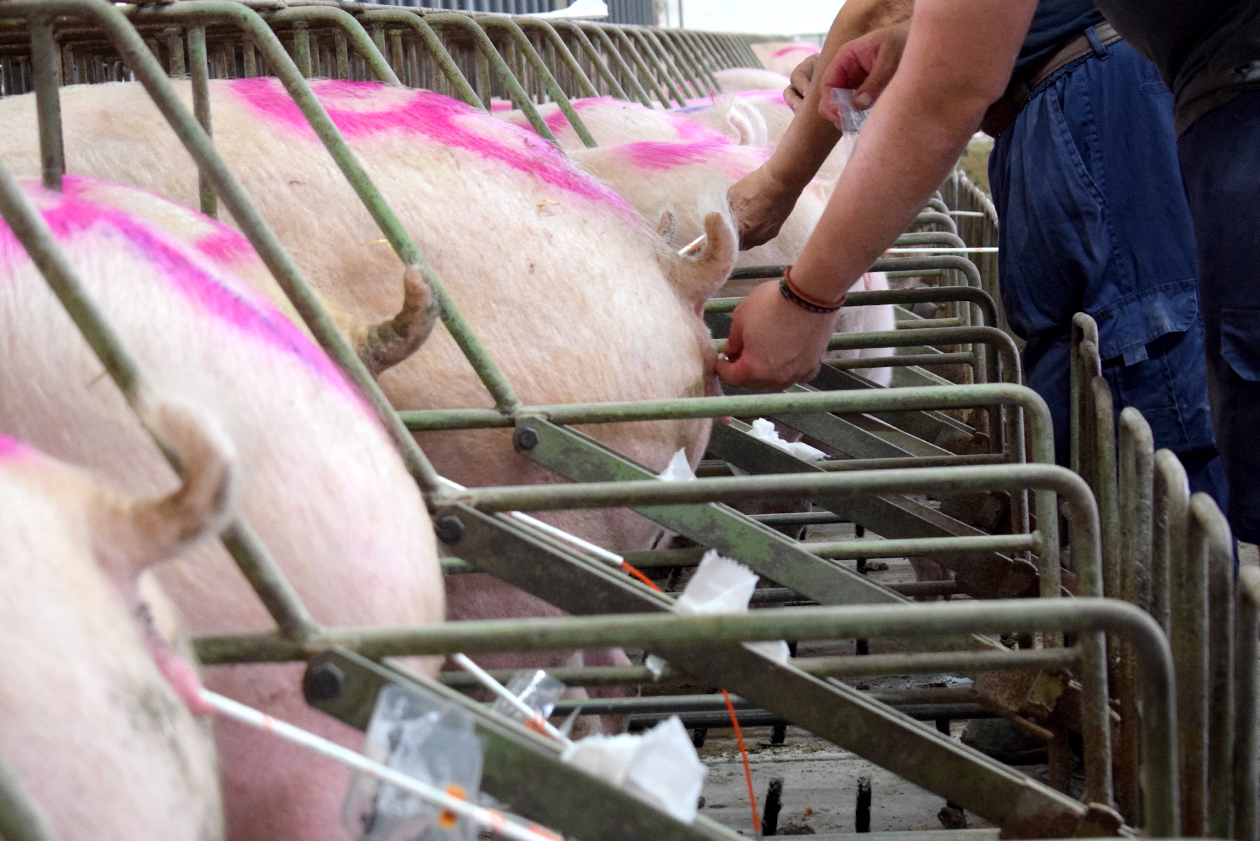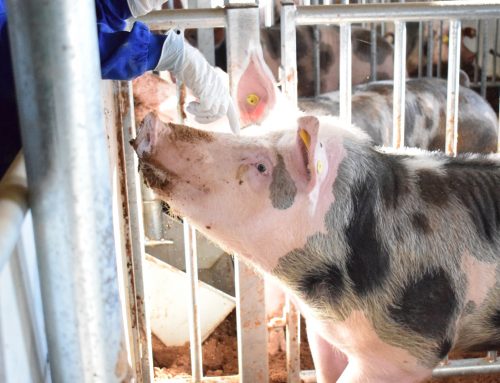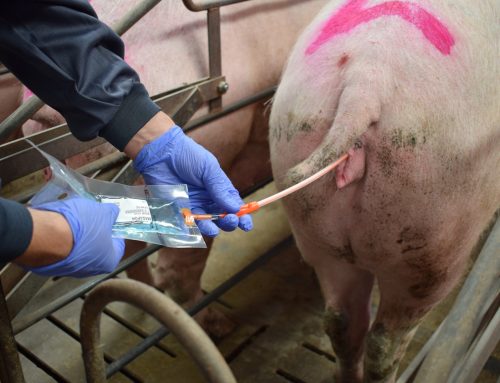Unlike traditional insemination, we should not observe blackflow during the post-cervical insemination. This is because we are depositing the content of the dose after passing the vaginal and uterine regions of the cervix and we will be depositing it in the body of the uterus, we are also using a smaller volume.
Considering this, and when something is not being done correctly the different blackflow that we can observe are:
- Through the vagina: The guide catheter is not properly anchored to the cervix.
- Between the catheter and the probe: the probe has bent and the semen is coming back through the space between the two devices. This type of backflow is often seen when using catheters whose exit hole has an orifice with a larger diameter than the probe used.
- Content of the dose returning through the probe itself or resistance to its entry: the probe is misplaced and we have pressed the liquid into a diverticulum that may be between cervical rings or directly that the probe has bent.
When we witness any of the 3 types of reflux, we must stop the insemination, reposition the catheter and probe and continue the insemination. On the other hand, not seeing blackflow during insemination will be synonymous with the technique being performed correctly.



